How to Make Your Spider Plant Bushier
Popular indoor plants known as spider plants (Chlorophytum Comosum) are known for their lovely flowing leaves and air-purifying properties. There are a few ways to encourage denser growth if you want your spider plant to seem fuller and bushier.
This article will provide you with helpful advice on how to increase the business of your spider plant so you may improve its visual appeal and enjoy a more lush and vibrant plant.
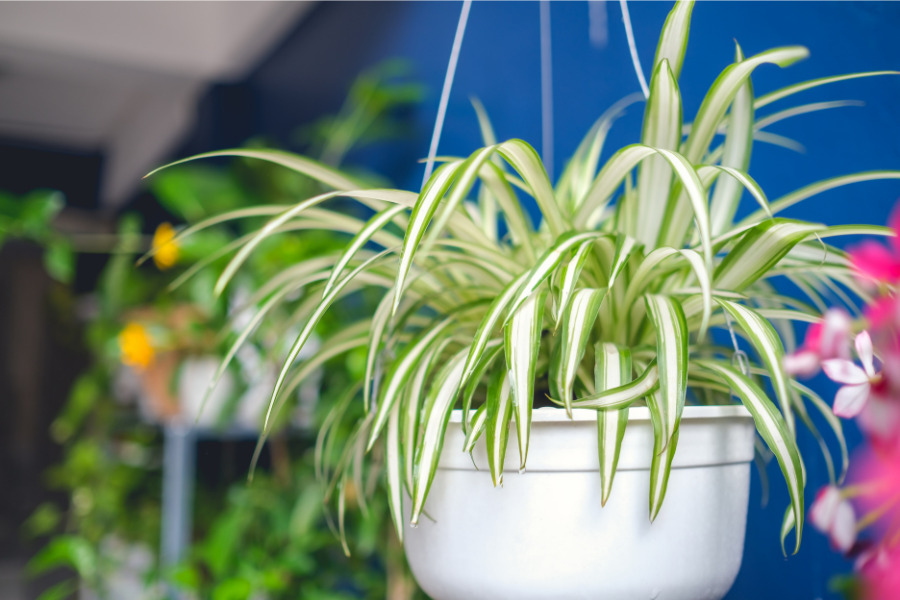
Ideal Lighting Situations:
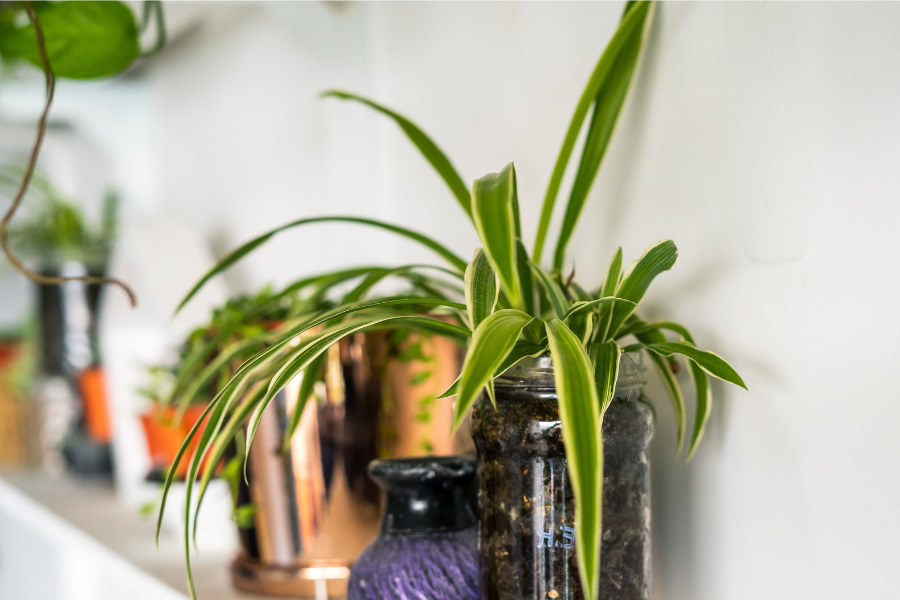
Spider plants prefer direct, strong light to grow. Your plant will receive the best illumination if you place it close to a north-facing window or give it filtered sunlight. However, keep it out of direct sunlight to prevent scorching of the leaves. Rotate the plant frequently to guarantee that all sides receive equivalent light exposure, promoting even growth.
Proper Watering Technique:
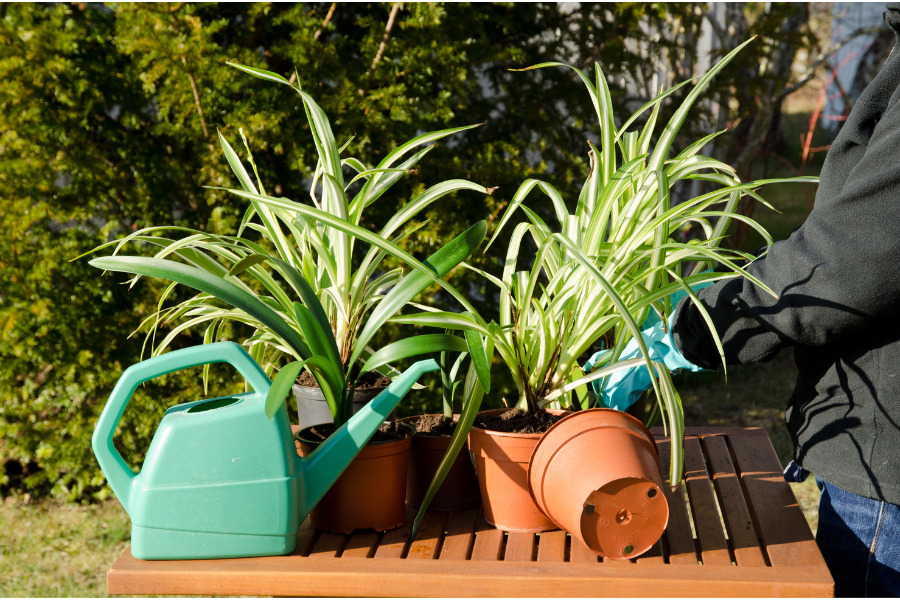
Watering the spider plant properly is essential for its health and bushiness. Before rewatering, it is advisable to let the top layer of soil dry up. Underwatering can result in drying and limited development while overwatering can result in root rot and inadequate growth. When watering, make sure to thoroughly saturate the soil until water begins to drain out of the pot’s bottom. Avoid allowing the plant to stand in water that is still because this can also cause root rot.
Pot and Soil Requirements:
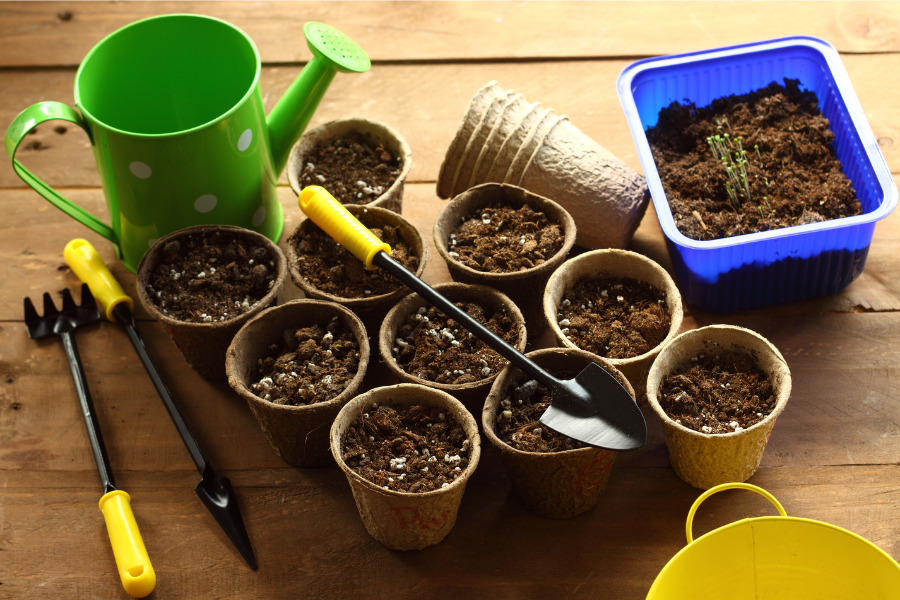
The appropriate pot and soil combination can have a big impact on the bushiness of your spider plant. Choose a pot that is somewhat larger than the present one to give the plant room to expand. Use a well-draining potting mix that holds moisture without becoming too wet. By mixing the soil with perlite or fine sand, you may enhance drainage and prevent flooding, which may discourage bushy growth.
Regular Pruning:
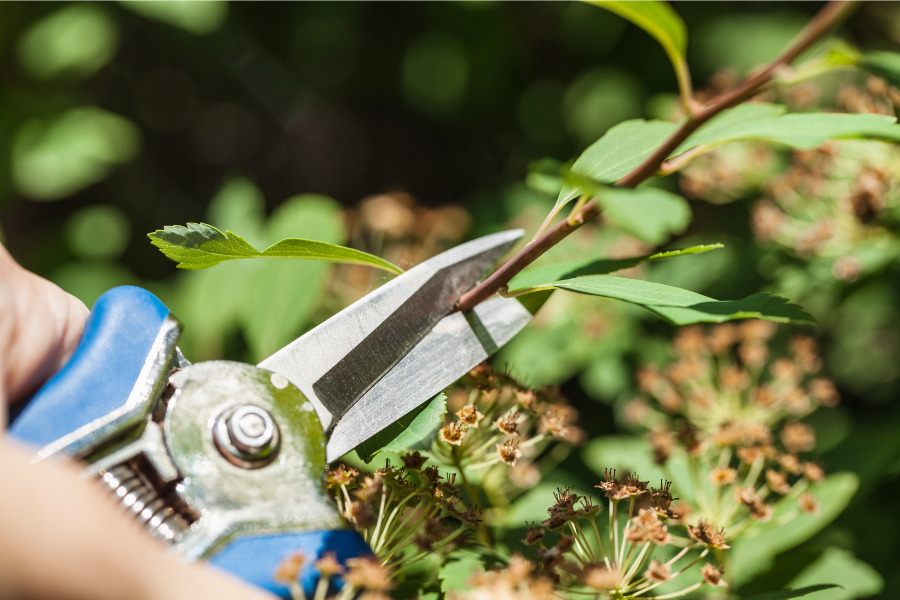
Pruning is a valuable approach for encouraging bushier growth in spider plants. Remove any yellowing or dead leaves as soon as possible, as they might decrease the plant’s strength. To encourage new growth from the base, cut back long, lean stems. Cut back 5. the longest and oldest stems to promote lateral branching. Pruning every few months encourages denser leaves and a bushier overall appearance.
Division and Propagation:
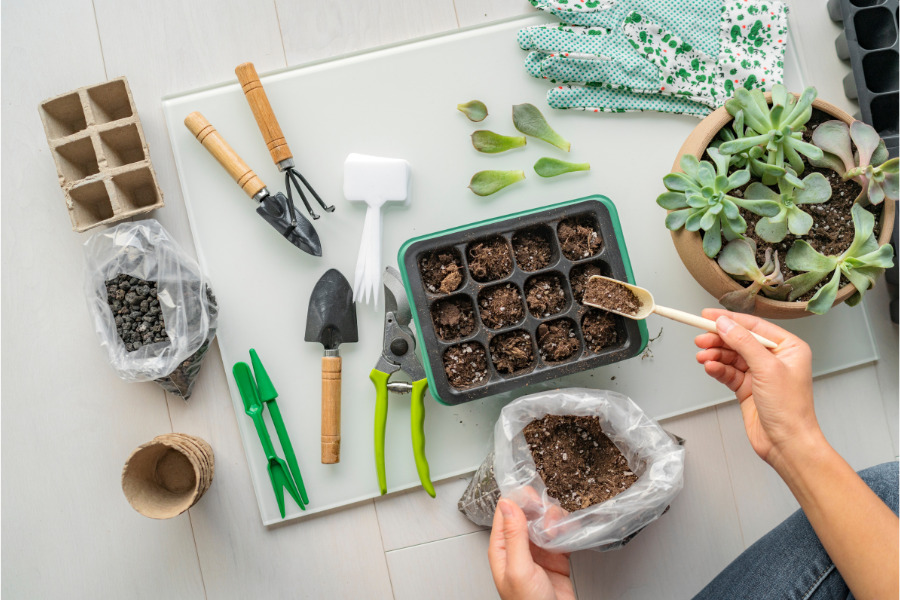
Propagation and division are great ways to grow larger spider plants. When your plant has developed long, arching stems with tiny plantlets (spiderettes), carefully cut them away from the parent plant using clean scissors. Plant these spiderettes in separate pots with well-draining soil, making sure they get enough light and water. These new spider plants will grow into bushier examples over time, increasing the overall density of your plant collection.
Fertilization:
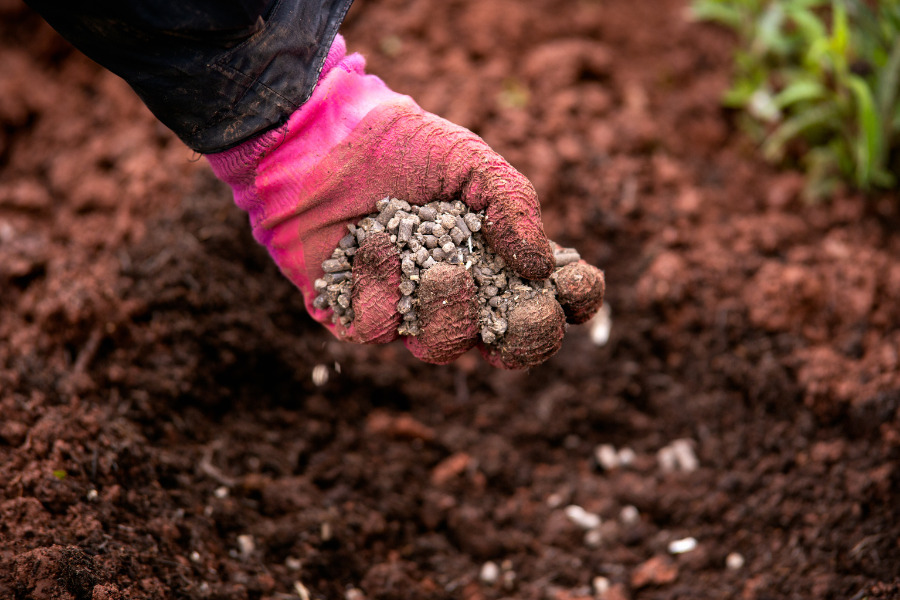
Proper fertilization offers essential nutrients for spider plant growth. Use a balanced, water-soluble fertilizer designed exclusively for houseplants, as directed on the packaging. Apply fertilizer every four to six weeks during the growing season, which runs from spring to early autumn. Overfertilization can cause salt buildup and damage to the plant, so stick to the appropriate quantity. Fertilizing your spider plant will supply the nutrients required for bushy growth and lush leaves.
Conclusion:
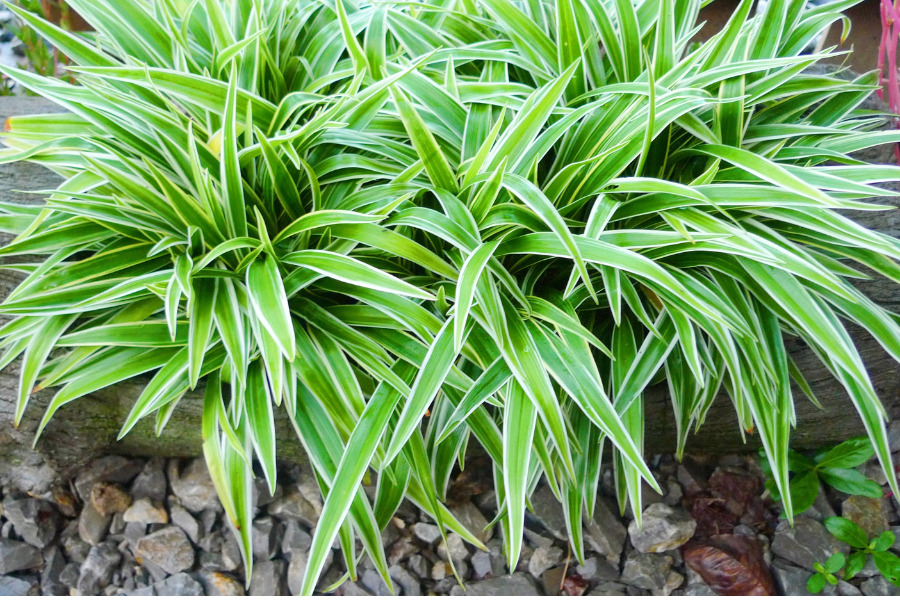
You may urge your spider plant to grow bushier, fuller, and more visually appealing by using these methods. Providing ideal lighting conditions, sufficient watering, suitable pots and soil, regular pruning, propagation, and division, as well as appropriate fertilization, will all add to your spider plant’s overall density and lushness. Remember to keep an eye on your plant and make modifications to ensure it gets the attention it needs.
